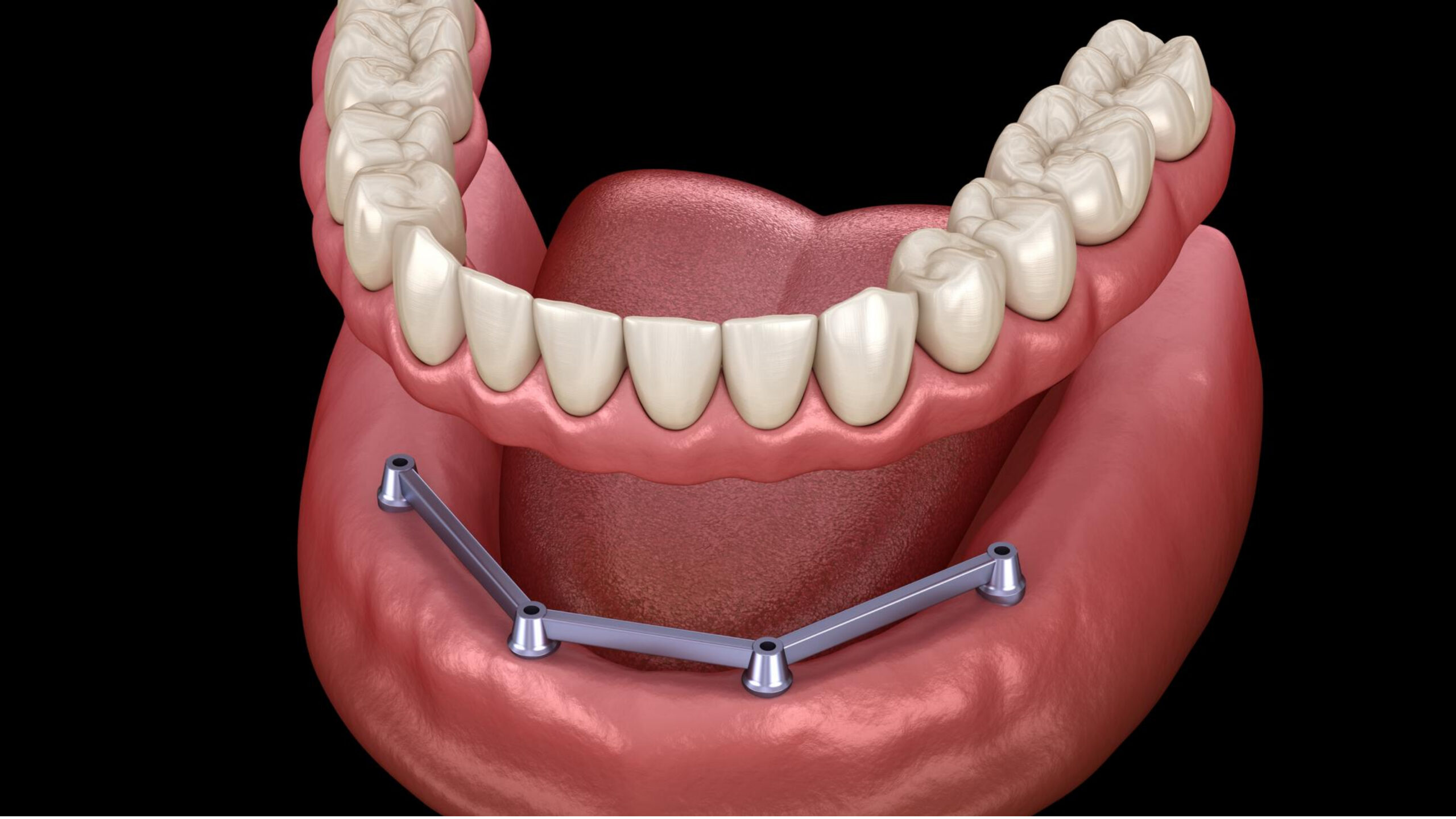Implant
A screw is drilled into the jawbone and serves as the tooth's root.
Abutment
A component that connects the new tooth and the implant.
Crown
Also known as the visible prosthetic tooth manufactured from zirconium or porcelain.
The dentist and the patient may choose titanium and zirconia for the dental implant system, which is a common practice in modern dentistry.
